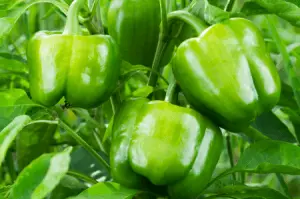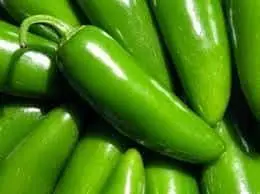Companion planting can be an effective way to both utilize your space– something most of us could use more of– to its utmost potential and augment the health, yield, and even flavor of your bell peppers. The best companion plant for a bell pepper depends on what you have in mind as a goal from companion planting.
Best companion plants that deter pests from bell peppers:
Companion plants used to deter pests from bell peppers can also be used to improve the appearance of your garden. Flowers make good pest deterring companion plants for their attractive foliage as well as the fact they can often be used as “traps,” so to speak, for pests as they’re not to be consumed later.
-Geraniums are easy to grow and deter leaf hoppers, Japanese beetles, and curly top virus.
-Marigolds attract bees by the hive load while deterring nematodes, lead hoppers, and a wide variety of other pests. Marigolds are possibly the best pest-deterring companion plant in existence.
Best companion plants that grow well with bell peppers for space utilization:
Companion plants can be used to fill voids in containers or for the purpose of altering growing conditions to increase plant health and yield. The best companion plants for peppers for space utilization can also be consumed or used in other ways.
-Onion, garlic, chives, and other alliums repel slugs, aphid, cabbage worms, and certain types of flies. In addition, all of the above increase garden yield.
-Tomatoes and other pepper varieties add the humidity peppers love and diversify your garden. Be careful not to overcrowd as peppers require full sunlight.
-Dense ground cover herbs such as marjoram, oregano, or basil increase humidity, but grow low so as not to hinder the light your pepper plants receive or their growing space. All of the above will aid companion tomatoes in growth too. Certain herbs are also suggested to alter the flavor of vegetables that grow within them such as tomato and peppers. Marjoram and basil are well known for these effects.
Companion plants to avoid for bell peppers:
Certain plants will either hinder growwth or will die as a result of the peppers. The worst companion plants for peppers are fennel, apricot and walnut trees, beans, kale, cabbage, and brussels sprouts. Growing conditions for these plants also do not align well with those of bell peppers.
You may also enjoy:
Storing Jalapenos


